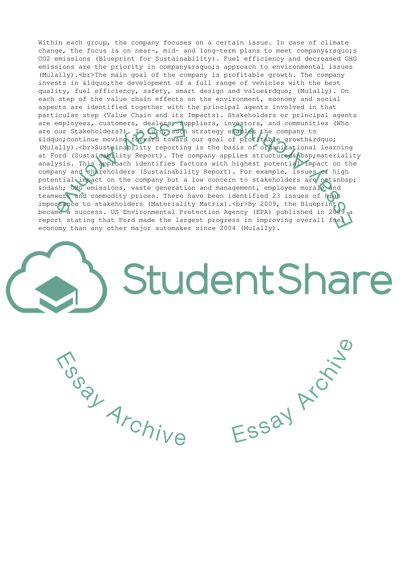Cite this document
(“Strategically Positioning the Ford Company to Meet the Environmental Assignment - 1”, n.d.)
Strategically Positioning the Ford Company to Meet the Environmental Assignment - 1. Retrieved from https://studentshare.org/business/1771042-writing-a-memo
Strategically Positioning the Ford Company to Meet the Environmental Assignment - 1. Retrieved from https://studentshare.org/business/1771042-writing-a-memo
(Strategically Positioning the Ford Company to Meet the Environmental Assignment - 1)
Strategically Positioning the Ford Company to Meet the Environmental Assignment - 1. https://studentshare.org/business/1771042-writing-a-memo.
Strategically Positioning the Ford Company to Meet the Environmental Assignment - 1. https://studentshare.org/business/1771042-writing-a-memo.
“Strategically Positioning the Ford Company to Meet the Environmental Assignment - 1”, n.d. https://studentshare.org/business/1771042-writing-a-memo.


